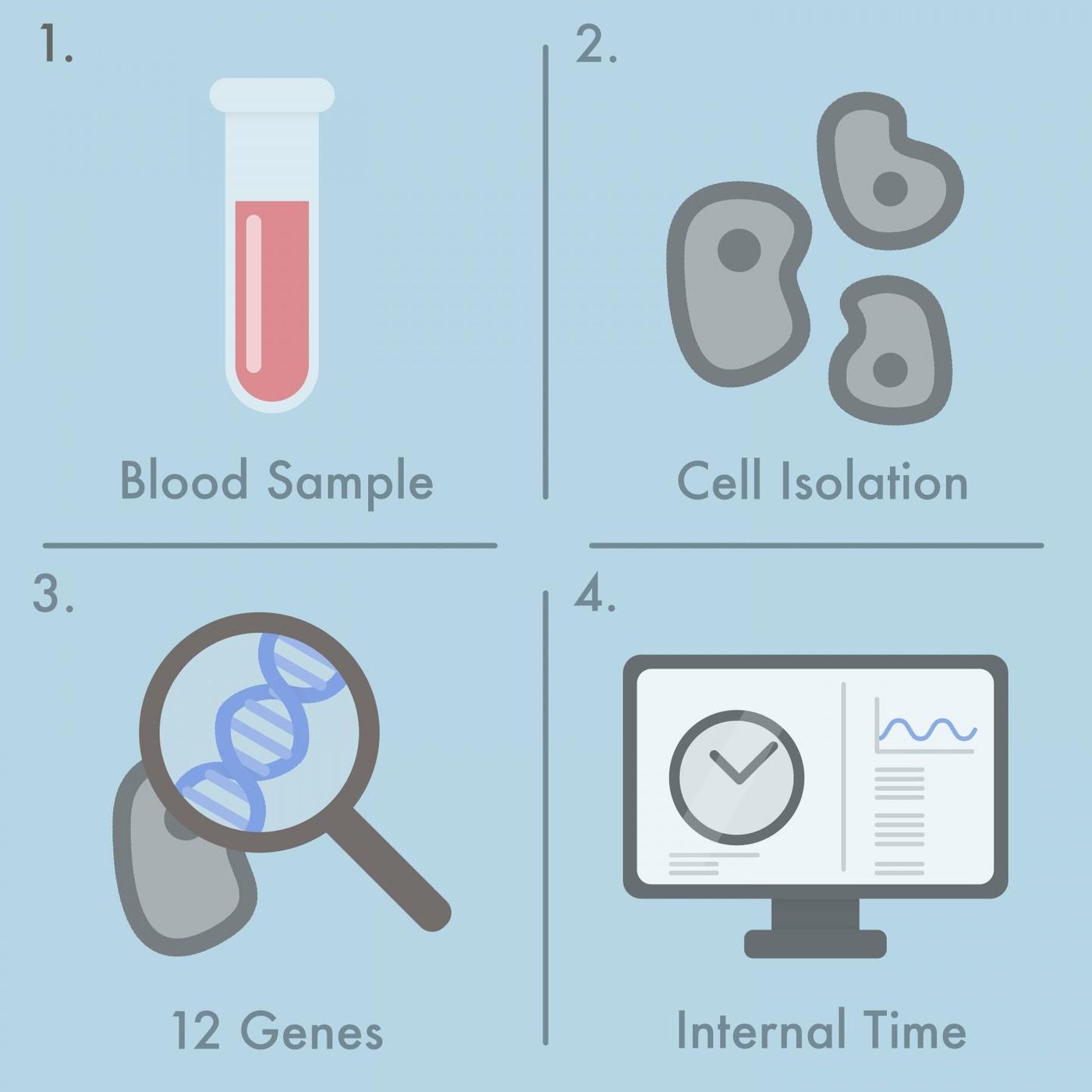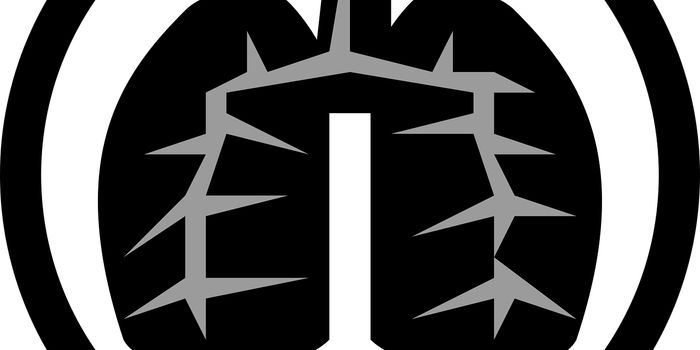Blood Test Deciphers Your Internal Rhythm
A personalized reading of your circadian rhythm could help scientists prescribe the exact time of day that drug treatments will be the most effective. A new study from Charité - Universitätsmedizin Berlin describes how scientists use biomarkers to determine a person’s internal rhythm.
The body’s natural 24-hour cycle is called the circadian rhythm. A person’s unique circadian rhythm is often referred to as a “chronotype.” The circadian rhythm dictates your regular pattern of going to sleep at night and waking up in the morning. Researchers from the current study developed a blood test to characterize a person’s unique chronotype, a categorization that could help doctors known the best times for administering drugs.
Identifying the time within a person’s internal rhythm that is best for taking certain drugs could minimize the risk of side effects and maximize the drug’s efficacy. Scientists refer to this therapeutic approach as “personalized chronotherapy.”
Your body’s rhythm depends on the time of the day, and the rhythm is linked to how the body functions every day. For example, some drugs work better when taken in the morning versus at night. Your internal rhythm is also connected to whether you consider yourself to be a “night person” versus a “morning person.” A 2016 Nature Communications study of almost 90,000 people found 15 gene varieties linked to a person preferring either staying up late or waking up early.
The present study’s aims included identifying biomarkers in the blood that depict a person’s unique circadian rhythm. Researchers measured and analyzed gene activity throughout one day from 20,000 genes in several study participants with the same blood type. Then, they used specialized computer algorithms to identify 12 genes that “reliably report internal time.” Based on these findings, researchers believe that the biomarkers they found in just one blood sample can tell the difference between an early bird and a night owl.
"Such a therapy taking time of day into consideration has been rarely applied until now, since a simple diagnostic was unavailable,” explained study leader Achim Kramer. “We think this novel objective test of internal time can contribute to time of day gaining more meaning in diagnosis and therapy."
Going forward, Kramer and others plan to continue their studies by investigating the potential to adapt chronotherapy to a person’s unique circadian rhythm as measured with blood biomarkers.
The present study was published in the Journal of Clinical Investigation.
Sources: Sleep, ScienceAlert, Charité - Universitätsmedizin Berlin









